






grammar review
The grammar in this lesson is covered in chapter 15 in pu, lesson 7 in Pije, and page 6 in Lentan.
Not prepositions in themselves, there are several words that describe location. They can be used frequently with tawa, lon, and tan to describe going to, existing in or coming from a location relative to the speaker.
- ona li lon tomo. - She is at home.
- waso li tawa sewi. - The bird flies into the sky.
- pipi li lon anpa lipu kasi. - The bugs are underneath the leaves.
The most common directions relative to one’s location can be described with sewi, anpa, sinpin, mosi, insa, and poka. This list is by no means an exhaustive. pu uses noka instead of anpa, and in context many other words can make sense to describe location, and many other ways to describe movement and direction. One word to keep in mind is weka.
- ona li tawa weka - They are going away.
using sama, tan, and poka
We already took a look at lon, tawa, and tan in the last lesson, but there’s still a little more to cover on prepositions. First let’s review what we already know with a few more examples. Remember, each preposition can be thought of as having a ‘head’ attached to an expandable body.





working as regular glyph blocks
If they aren’t being used as part of a prepositional phrase, they act like normal stacking glyph blocks.
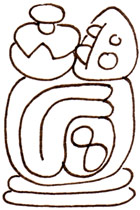

In len mute li sama, there is no object to fill sama. In tan ni li nasa, tan is part of the subject “the reason”. This works the same for poka, when it is used as a noun:
working as prepositional containers
When one of these glyph blocks function as a preposition, or as a combination verb and preposition, they become a container for the rest of the prepositional phrase. The head portion of the glyph can be oriented anywhere is isn’t obstructing the rest of the glyphs.
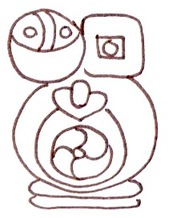

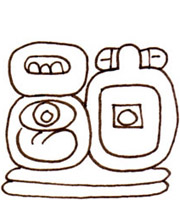
using prepositions with li
One thing we haven’t covered yet is what to do when your verb is inside of li. Look again at ona li lukin sama mi up above. The verb, lukin, becomes an infix in li, and mi becomes an infix in sama. But what if the preposition is also the verb? We end up with a double infix.

First the preposition fits into the li container. Then, the object of the preposition and all of the modifiers go inside the preposition glyph.
You can try drawing the whole unit from the inside out, and even drawing the rest of the sentence after this block has been composed. I usually find I have to try a couple times until I find a composition I’m satisfied with.
using pre-verbs

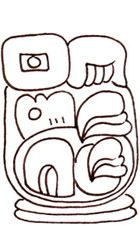
What if we want to use a verb/preposition in combination with wile? Since the preposition is part of the verb, the whole thing gets infixed into li.
Let’s look at ona li wile tawa tomo ona kepeken tomo tawa, “he wants to drive home” (literally: he wants to go to his house using the car). If you can understand how this works then you probably have a good understanding of how to use preposition glyphs.
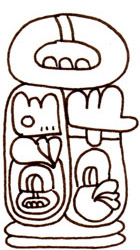
The first prepositional phrase: towards his house–tawa tomo ona is also part of the verb wile tawa, so it all goes inside of li.
The second prepositional phrase using the car–kepeken tomo tawa is not part of the verb, so it goes outside of the li.
You may be thinking this is a whole other thing you have to think about that doesn’t come up when you are just writing in toki pona. When you can draw it out though, you will have a much better understanding of how you are using each of these prepositions in each sentence because you will have to know when they are verbs, when they are prepositions, and when they are modifiers. This in turn will help you write much better in toki pona.
It also has the advantage of disambiguating things that might have more that one reading when written linearly.
directional nouns
anpa, insa, monsi, sewi, and poka, or directional nouns as jan Sonja calls them in pu, are used with prepositions to indicate direction. I am quite used to using anpa in some cases where Sonja uses noka, but they all operate identically:


Since these words aren’t true prepositions, they need one of the prepositions we have discussed so far to complete the prepositional phrase. Because of this they end up acting as part of the infix to the preposition.
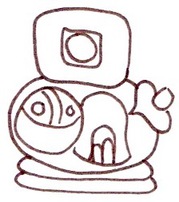
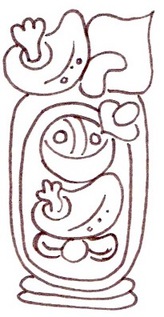
You may have wondered up to now why the glyph block for li was so boring. Now you can see just how much work it has to do at times. If it were any more complex it would be hard to stuff all those pre-verbs and verb prepositions inside.
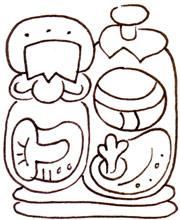

Just as the prepositions have a head and body, often the subject of the sentence becomes the head and li becomes the body.